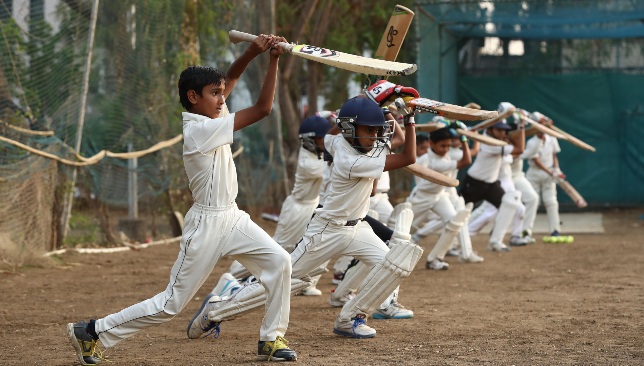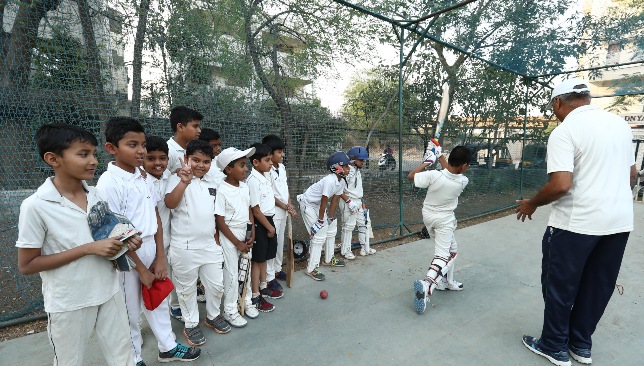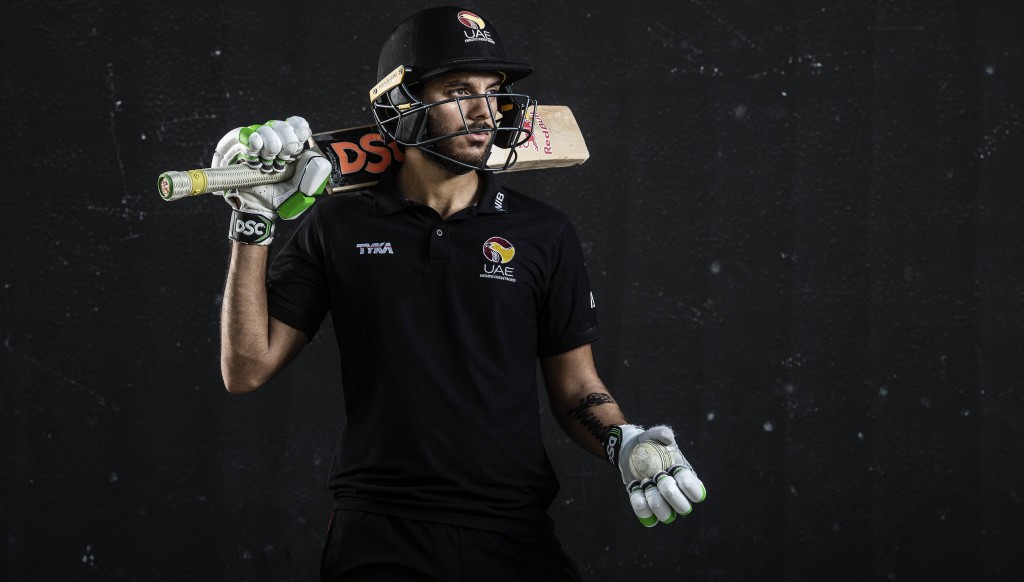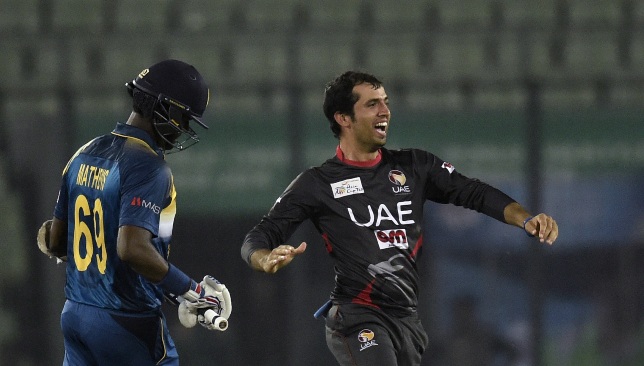
From Australia’s Pat Cummins becoming a millionaire overnight after securing a mega Indian Premier League (IPL) deal, to Virat Kohli finding a place in 2019’s top 100 richest sportsmen – these are all signs pointing towards a deeply lucrative career as a cricketer.
With the increasing commercialisation of the sport in recent decades alongside the spurt of various franchise T20 leagues around the globe, cricketers these days are starting to generate the type of financial windfalls their predecessors could only dream about.
But while the remunerations for cricket stars have seen a massive upswing, so too have the costs required to pursue the sport for aspiring youngsters. The costs involved with learning the game are considerable, more so for those who want to make it as a batsmen.
Having the right cricket gear is just the tip of iceberg though, and the real expenses lie beyond that. Gaining access to quality coaching and training facilities are crucial for any player’s development and this is where the role of cricket academies become significant.
The game’s rising financial profile means more kids are taking up cricket and this surge has led to several academies sprouting up to cater to the growing demands.
In Dubai alone, there are many private academies which have mushroomed up in the last few years. These academies provide the pathway to becoming a professional cricketer for the UAE and even for those who aspire to play in major Test playing nations such as India and England.

Strong performances in the Emirates Cricket Board (ECB) sanctioned inter-academy leagues is the first step in the professional cricketing ladder in the country. The next step comes in the form of Inter-Emirates tournaments and these are where the UAE selectors usually scout for future talents for the national team.
While representing their country internationally remains the dream for every aspiring youngster getting into the sport, the journey to the top of professional cricket is not for the faint of heart. Stiff competition at every turn, along with rising costs associated with learning the game, means that that the journey can be a painstaking and expensive one.
The fees in most of these academies range anywhere between Dh1,500-2,000 per month and usually accounts for eight training sessions in time. Over the course of a cricket season stretching to five months, training costs at these academies can reach as far as Dh10,000 for a youngster.
When the cost of cricketing gear, equipment and travel costs are taken into account, a parent of any aspiring young cricketer could be shelling out close Dh20,000 over the course of a season.
With cut-throat competition at every age-group, simply training at academies isn’t enough either. To go the extra mile, players need to take special care of their fitness and nutrition too these days and these factors only exacerbate the costs involved.
“Even if someone is a naturally talented cricketer who doesn’t really need to train a lot, after a certain age you need to take the extra steps to better your game,” explains UAE opening batsman Chirag Suri.
“That may be in the form of a gym membership or hiring a trainer or even buying better equipment.
“People used to say that cricket is a poor man’s game, compared to something like golf where you need to buy expensive clubs and gear. That is not true anymore. Even in India, people from humble backgrounds are going the extra mile by buying bats worth almost 40,000 INR (Dh2,000).
“They save up for months so that they can buy this equipment because having the right equipment and bats definitely helps.”
Born in India’s capital New Delhi, Suri moved to Dubai at the age of 10 along with his family. His father Jatinder Suri runs a granite and marble construction firm in the country and has played an active role in supporting Chirag’s cricketing endeavours from a young age.
Having access to cricket academies from the very start has played a key role in shaping Suri as the player he has become today.

Chirag Suri.
His big breakthrough arrived in 2014 when the right-hander was picked for the UAE U19 squad for the World Cup held on home soil. Registering a fine half-century in the clash against New Zealand U19 heralded Suri’s promise, though it still took a few years more for Suri to establish his claim in the UAE senior team.
It was only in 2018 that the opener made his senior team debut for the UAE and he has become a regular in the team over the last couple of years.
The youngster became the first and only UAE cricketer to earn an Indian Premier League (IPL) contract when he was picked up for his base price (Dh37,000) in the 2017 edition by the now defunct Gujarat Lions franchise. More recently, he has undergone stints in the Global T20 Canada and the Abu Dhabi T10 League held in the UAE.
While Suri has not really had to face any economic hurdles in his journey to the top, the same is not the case for his UAE team-mate Rohan Mustafa.
Like Suri, Mustafa too, moved to the UAE at the age of 10 with his family. Originally from Kohat in Pakistan, Mustafa suffered plenty of setbacks in his cricketing journey before he was able to establish himself as an UAE mainstay.
He received his primary cricket education at the Sharjah Cricket Academy before being earning a call up to the UAE 19 squad in 2007. It took another seven years for the all-rounder to make his UAE senior debut and it came in 2014 in an ODI against Scotland in Lincoln.
Since then, Mustafa has become a key performer with both bat and ball for his country and now has the experience of playing in 37 ODIs and 38 T20Is for the country. The 31-year-old has also managed to bag contracts in the Abu Dhabi T10 and the Pokhara Premier League in Nepal.
“To be honest, it was hard for me. When I started playing cricket here in the UAE, just one year later my father passed away,” Mustafa recalls.
“So there was no bread earner in the family. My family moved back to Pakistan, but I stayed in Dubai and took up a part-time job to survive.
“Cricket was always in my blood, however. So I played whenever I got an opportunity, whether it be night or day.
“It was very tough though to balance both.
“Once my employer asked me to work on a Friday and I had a Good Friday tournament to participate in. So I had to refuse to work to my employer, just so I could play in the tournament.”
Despite his initial struggles and hardships, Mustafa’s love for cricket has never wavered. It is that immense passion that has helped him reach the top in the UAE, amid stiff competition for places.
The harsh reality of professional sport is that not everyone will make it in the end. It is an irrefutable risk that every youngster who picks up the cricket bat or ball knows all too well.
In the UAE alone, there are thousands of cricketers who are gritting it out in cricket academies and clubs in hopes of getting selected for the national team.
Even this number is in no way comparable to major cricketing nations like India and Pakistan where millions of youngsters carry the dream of becoming an international cricketer.

Rohan Mustafa.
With the increasing costs associated with learning the game, the risks are only getting bigger for youngsters and their parents. As such, it might be wise to keep one’s options ‘open’ while pursuing their sporting ambitions.
“I always took my studies seriously and my parents were also quite clinical about making sure I kept up with my studies,” Suri explains on his part.
“This is not a sport you can take for granted. If a billion people are playing it, only a 1,000 or maybe 100 will make it to the top.
“So you definitely need to have something, not a back-up option per say, but something you can rely on should your cricket career not pan out.
“It is more of a mental aspect, having something to fall back upon apart from cricket. You can’t come into the game with the mentality that you have a back-up career.
“In that case, you are already doubting whether you can make it to the top level. This is something that I would tell the youngsters.
“It is good to worry about the future but you have to live in the present.
“If your present is cricket, then you have to give your 100-per-cent commitment to the sport. It is about managing things properly.
“As a student, make sure you’ve finished your school and make sure you’ve finished college. So you can then always look for a job in case cricket does not work out.
“More than keeping a back-up option, it is about keeping your options open.”
Many academies now do offer scholarships to the highly talented youngsters. These scholarships cover the entire cost of training for a particular duration and are the lifeline of many budding cricketers looking to make their mark.
Sponsorship for talented cricketers are also available from sports equipment manufacturers who supply the players with entire kits to promote their respective brands.
These deals, however, are usually reserved for the cream of the crop. They are handed to prolific performers at the club and academy levels, to youngsters who are backed to go all the way to the top.
While avenues are always available for special talent, make no mistake about cricket transforming into an expensive sport to learn these days.
It is a high-risk and high-reward scenario for all the youngsters looking to get into the sport, and only a handful will really succeed at the very end.